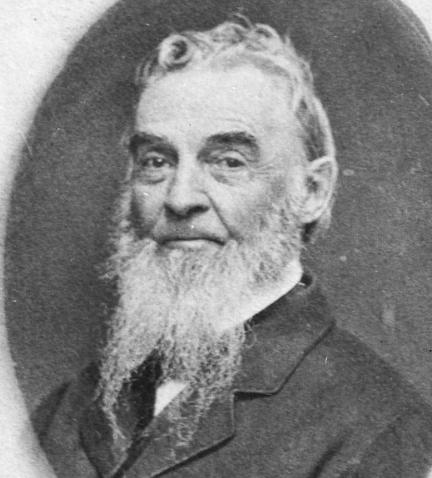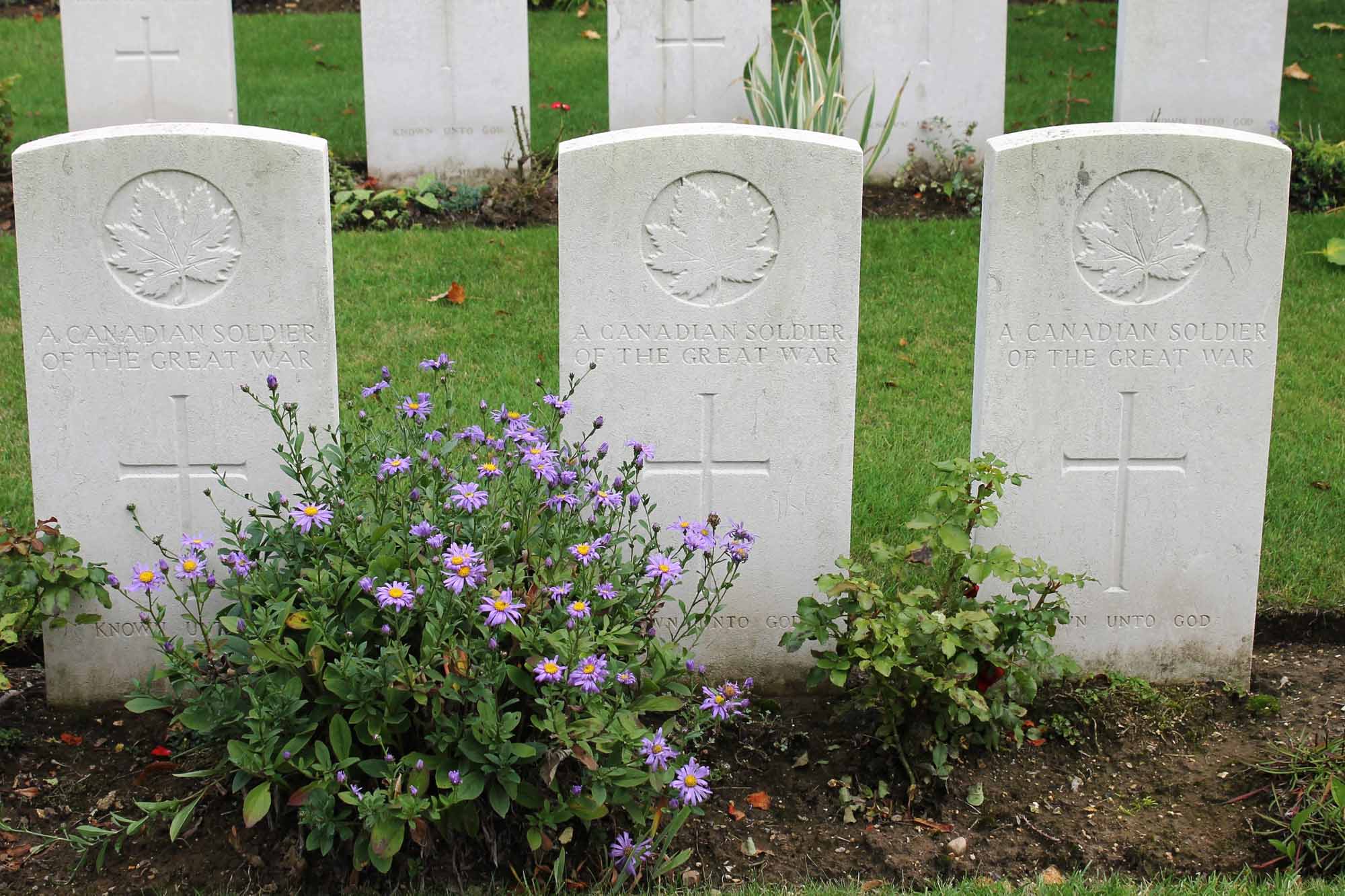Browse "Organizations and Regiments"
-
Article
Canada and Antisubmarine Warfare during the Cold War
During the Cold War, the Canadian Navy played a crucial role in antisubmarine warfare (ASW), working closely with its allies to patrol and monitor the North Atlantic and Pacific Oceans for Soviet submarine activity. Canada invested in new technology and continually modernized its fleet of ships and aircraft to better detect and counter Soviet submarines. It also operated strategic warning systems with its allies, particularly the United States. By the end of the Cold War, Canada had developed a very high reputation in the field.
"https://d2ttikhf7xbzbs.cloudfront.net/media/media/9f869e07-d522-4293-927d-787f3be65104.jpg" // resources/views/front/categories/view.blade.php
https://d2ttikhf7xbzbs.cloudfront.net/media/media/9f869e07-d522-4293-927d-787f3be65104.jpg
-
Article
Canadian Army Medical Corps Nursing Sisters
More than 2,800 trained civilian nurses enlisted with the Canadian army during the First World War, becoming the first women in the modern world to hold military commissions as officers. As members of the Canadian Army Medical Corps (CAMC), the nursing sisters treated and cared for wounded soldiers overseas and at home. At least 58 died from disease or enemy action during the war.
"https://d2ttikhf7xbzbs.cloudfront.net/media/media/271eb18d-51cb-46d8-b660-42a54e9557c5.jpg" // resources/views/front/categories/view.blade.php
https://d2ttikhf7xbzbs.cloudfront.net/media/media/271eb18d-51cb-46d8-b660-42a54e9557c5.jpg
-
Article
Canadian Army Meteorological Group
The Canadian Army Meteorological Group (CAMG) was a Second World War unit that provided meteorological data to artillery units. The CAMG was involved in key campaigns during the war in Italy and Northwest Europe. Meteorological information helped improve the accuracy of artillery fire, contributing to Allied victory in the war.
"https://d2ttikhf7xbzbs.cloudfront.net/CAMG/Meteorology-observer.jpg" // resources/views/front/categories/view.blade.php
https://d2ttikhf7xbzbs.cloudfront.net/CAMG/Meteorology-observer.jpg
-
Article
Canadian Army Organization
The Canadian Army is organized into four geographically based divisions, as well as a headquarters and a doctrine and training centre. The divisions include regular and reserve units. The head of the Canadian Army is a lieutenant-general; the current commander, Lieutenant-General Michael Wright, assumed that position on 12 July 2024. As of early 2024, the army comprised about 22,000 Regular Force soldiers, 20,000 Reservists, 5,000 Canadian Rangers and 3,500 civilian employees.
"https://d2ttikhf7xbzbs.cloudfront.net/CA-Organization-Chart-legend-rev-colours-1.png" // resources/views/front/categories/view.blade.php
https://d2ttikhf7xbzbs.cloudfront.net/CA-Organization-Chart-legend-rev-colours-1.png
-
Article
Canadian Aviation Corps
The Canadian Aviation Corps was formed in September 1914, immediately after the start of the First World War. The three-person, one-plane unit sailed to Britain with the First Canadian Contingent in early October 1914 but never saw active service. The CAC was disbanded in May 1915. Canada would not have a permanent air force until 1924 (see Royal Canadian Air Force).
"https://d2ttikhf7xbzbs.cloudfront.net/Aviation/Burgess-Dunne-floatplane.jpg" // resources/views/front/categories/view.blade.php
https://d2ttikhf7xbzbs.cloudfront.net/Aviation/Burgess-Dunne-floatplane.jpg
-
Article
Canadian Forces in Europe During the Cold War
During the Cold War, Canada stationed army and air force units abroad for the first time during peacetime. Soldiers and airmen began to arrive in the early 1950s, shortly after the Cold War began, and remained until 1993, after it ended. In total, more than 100,000 Canadian military personnel served in France and West Germany in that period.
"https://d2ttikhf7xbzbs.cloudfront.net/media/media/e011169341-v8.jpg" // resources/views/front/categories/view.blade.php
https://d2ttikhf7xbzbs.cloudfront.net/media/media/e011169341-v8.jpg
-
Article
Canadian Grenadier Guards Band
Canadian Grenadier Guards Band. Regimental band founded 26 Apr 1913 in Montreal by J.-J. Gagnier, who became its conductor. At that time it consisted of about 40 players, half of whom were professionals, including six members of the Gagnier family. Formed at the request of F.S.
"https://development.thecanadianencyclopedia.ca/images/tce_placeholder.jpg?v=e9dca980c9bdb3aa11e832e7ea94f5d9" // resources/views/front/categories/view.blade.php
https://development.thecanadianencyclopedia.ca/images/tce_placeholder.jpg?v=e9dca980c9bdb3aa11e832e7ea94f5d9
-
Article
Canadian Rangers
The Canadian Rangers are a unique organization within the Armed Forces, created to provide a paramilitary presence in the North and in other remote areas made up of mainly local Indigenous populations. The number of Canadian Rangers in 2024 is roughly 5,000.
"https://d2ttikhf7xbzbs.cloudfront.net/media/media/4314765e-22dd-4b91-8f51-38c79ed95f9a.jpg" // resources/views/front/categories/view.blade.php
https://d2ttikhf7xbzbs.cloudfront.net/media/media/4314765e-22dd-4b91-8f51-38c79ed95f9a.jpg
-
Article
CANLOAN
CANLOAN was a volunteer program that loaned Canadian officers to the British Army during the Second World War.
"https://d2ttikhf7xbzbs.cloudfront.net/media/new_article_images/LiberationNetherlands/Captain_Ashton_Kerr.jpg" // resources/views/front/categories/view.blade.php
https://d2ttikhf7xbzbs.cloudfront.net/media/new_article_images/LiberationNetherlands/Captain_Ashton_Kerr.jpg
-
Article
Doric Club
Founded in Montréal in March 1836, the Doric Club was a radical paramilitary group formed in opposition to the Patriote party. Organized by Adam Thom, a Scottish-born francophobe, the club called upon the loyal British population of Lower Canada to unite and defend British interests in the face of the Patriote threat by any means necessary. The group was opposed by a similar paramilitary Patriote group called the Société des Fils de la liberté, which led to a violent confrontation on the streets of Montréal on 6 November 1837. The group disbanded after the start of the Canadian Rebellion, when many of its members joined volunteer militias organized by Sir John Colborne.
"https://d2ttikhf7xbzbs.cloudfront.net/media/media/7a77283a-b2fa-4168-9143-0bbf287ebc65.jpg" // resources/views/front/categories/view.blade.php
https://d2ttikhf7xbzbs.cloudfront.net/media/media/7a77283a-b2fa-4168-9143-0bbf287ebc65.jpg
-
Article
Evolution of Canada’s Shock Troops
The Canadian Corps, a force of 100,000 soldiers by late 1916, fought for the entire war on the Western Front, along a static trench system that ran 700 kilometres from Switzerland to the North Sea.
"https://d2ttikhf7xbzbs.cloudfront.net/media/media/2f8db20f-dd88-4437-8817-23223400ed03.jpg" // resources/views/front/categories/view.blade.php
https://d2ttikhf7xbzbs.cloudfront.net/media/media/2f8db20f-dd88-4437-8817-23223400ed03.jpg
-
Article
HMCS Conestoga
HMCS Conestoga was a basic training establishment for the Women’s Royal Canadian Naval Service (WRCNS) during the Second World War. Located in Galt, Ontario, it operated from 1942 to 1945. Of nearly 6,800 women who served in the WRCNS, most trained at Conestoga.
"https://d2ttikhf7xbzbs.cloudfront.net/media/new_article_images/IsabelMacneill/WRCNS at Conestoga.jpg" // resources/views/front/categories/view.blade.php
https://d2ttikhf7xbzbs.cloudfront.net/media/new_article_images/IsabelMacneill/WRCNS at Conestoga.jpg
-
Article
La Musique du Royal 22e Regiment (Royal 22nd Regiment Band)
La Musique du Royal 22e Régiment. The regimental band of the Royal 22e Régiment. Originally named the Royal 22nd Regiment by King George V, the infantry unit was renamed in 1928 as the Royal 22e Régiment to reflect the language and culture of the unit.
"https://development.thecanadianencyclopedia.ca/images/tce_placeholder.jpg?v=e9dca980c9bdb3aa11e832e7ea94f5d9" // resources/views/front/categories/view.blade.php
https://development.thecanadianencyclopedia.ca/images/tce_placeholder.jpg?v=e9dca980c9bdb3aa11e832e7ea94f5d9
-
Article
Ministère de la Marine
The Ministère de la Marine is the section of the French government that administered Canada during its last 100 years as a French colony. The Ministère de la Marine — variously described as a ministry, department, or secretariat of state — administered France’s navy, colonies and seaborne trade.
"https://d2ttikhf7xbzbs.cloudfront.net/media/media/c006216k.jpg" // resources/views/front/categories/view.blade.php
https://d2ttikhf7xbzbs.cloudfront.net/media/media/c006216k.jpg
-
Article
Ministry of Overseas Military Forces
The Ministry of Overseas Military Forces was established in November 1916 to administer Canadian forces in the UK, especially in the training of reinforcements, and to act as the communications channel between the Militia Department, the British War Office, and the Canadian Corps in France.
"https://development.thecanadianencyclopedia.ca/images/tce_placeholder.jpg?v=e9dca980c9bdb3aa11e832e7ea94f5d9" // resources/views/front/categories/view.blade.php
https://development.thecanadianencyclopedia.ca/images/tce_placeholder.jpg?v=e9dca980c9bdb3aa11e832e7ea94f5d9
